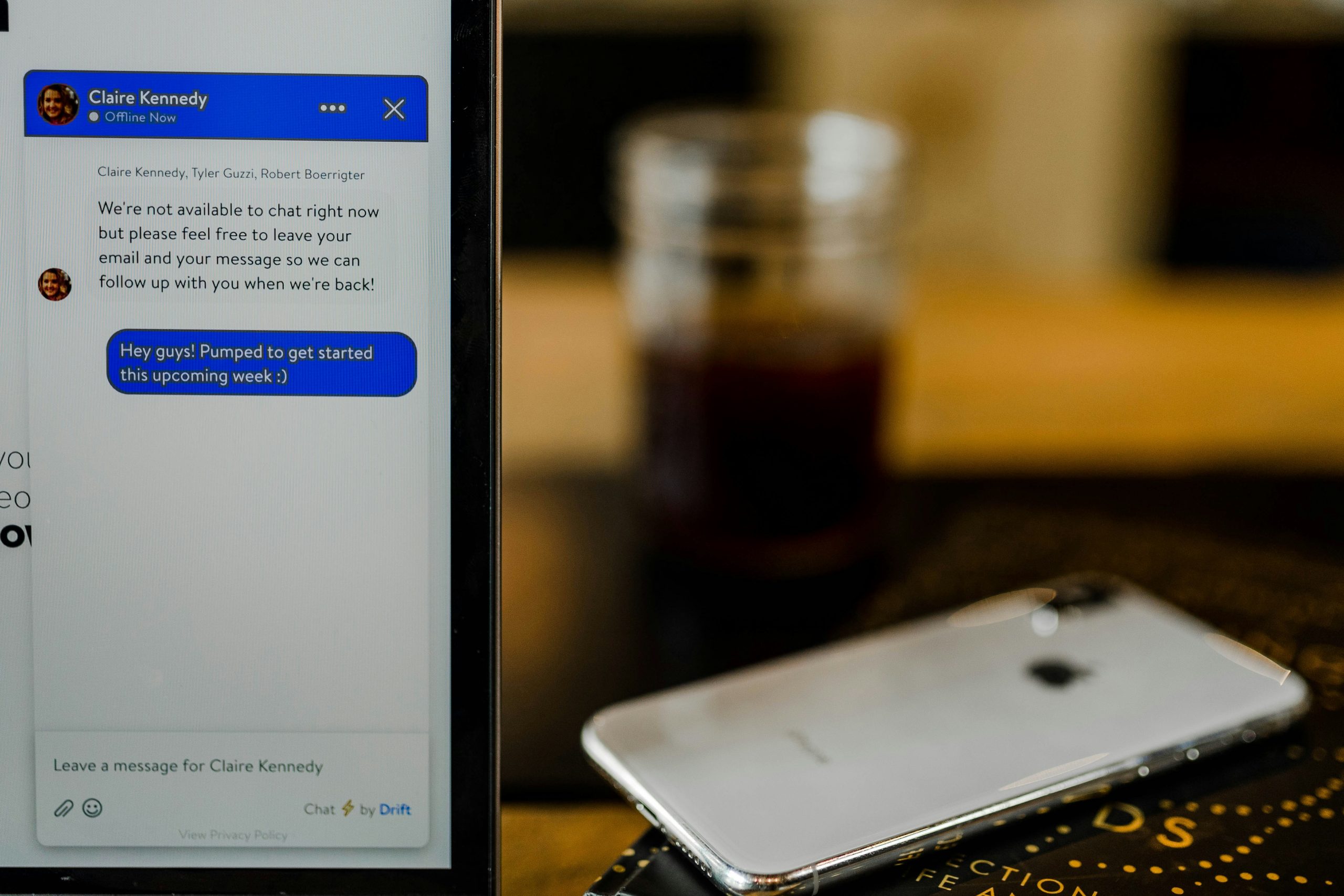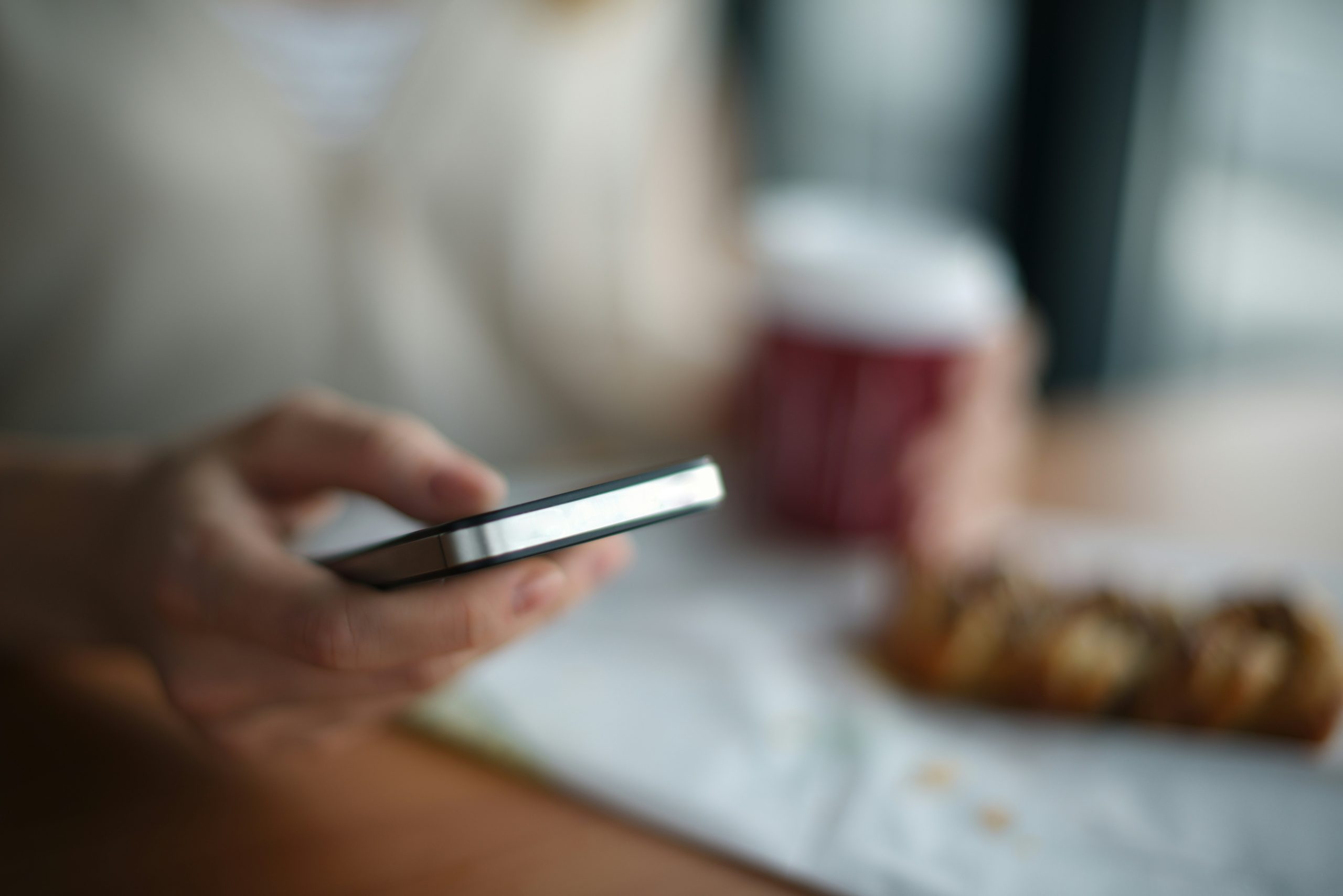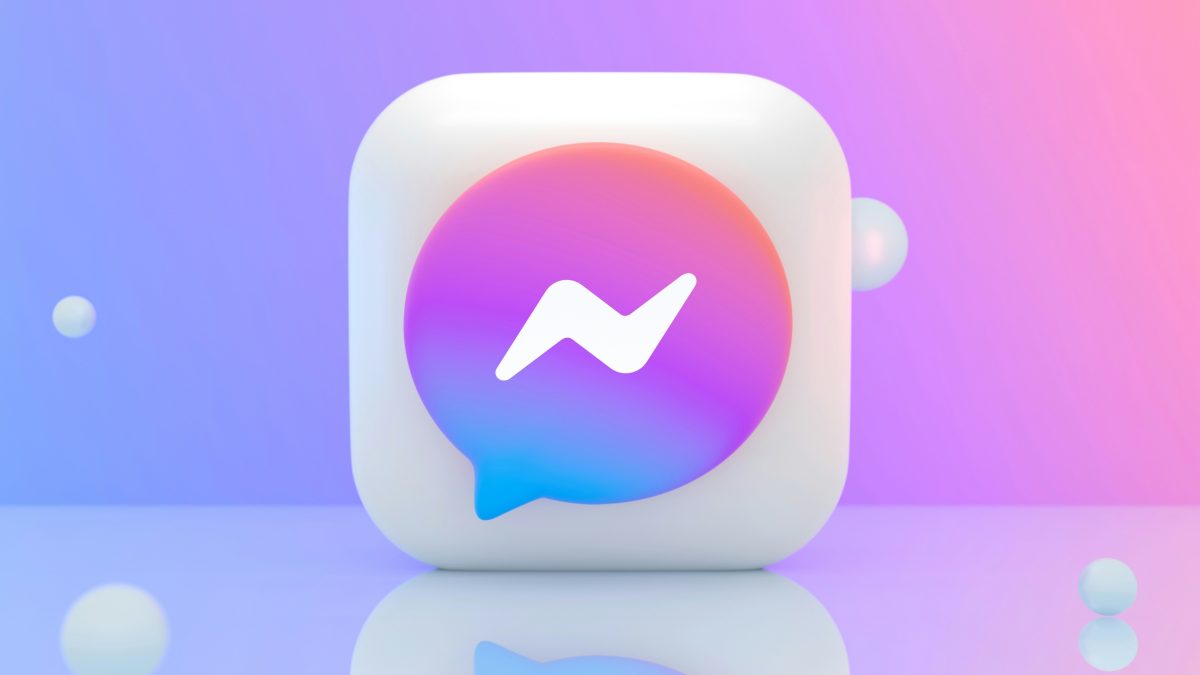Have you ever found yourself staring at a message on Messenger, only to be met with the frustrating notification: This person is unavailable? In our hyper-connected world, where instant communication reigns supreme, such messages can feel like cold water splashed in your face. It’s a digital puzzle that leaves many scratching their heads—what does it truly mean when someone goes dark on Messenger? Whether you’re trying to reach out to a friend or reconnect with an old contact, this cryptic phrase can throw a wrench in your plans.
In this article, we will delve into the various interpretations of this enigmatic status and explore potential reasons behind it. Are they simply offline, or is there something more significant at play? More importantly, we’ll provide practical solutions for navigating these tricky waters and tips for ensuring you’re not left hanging when you need to connect. Don’t let uncertainty keep you guessing; join us as we unravel the mysteries of Messenger unavailability!
What Does Unavailable Mean on Messenger?
When you encounter Unavailable on Messenger, it can spark curiosity or concern. This status typically indicates that the recipient has either deactivated their account, blocked you, or adjusted their privacy settings to limit visibility. However, it’s essential to understand that this message doesn’t solely represent a barrier; it also acts as a reflection of the individual’s preferences for online communication and connectivity.
In today’s digital landscape, where personal boundaries are increasingly valued, encountering an Unavailable status might be a reminder to respect others’ space. It’s crucial to consider that the person might genuinely need time away from social media for mental well-being or simply isn’t available at that moment due to various commitments. Rather than viewing this as a rejection or breakdown in communication, embrace it as an opportunity for personal growth — perhaps by reaching out through other means if suitable or reassessing your expectations regarding online interactions. This mindset shift can lead to healthier relationships in both virtual and real-world scenarios.

Reasons for Being Unavailable on Messenger
Being marked as unavailable on Messenger can stem from various reasons, each offering unique insights into the user’s preferences or circumstances. One of the primary motivations might be the desire for digital detox. In a world where we are constantly bombarded by notifications and messages, some individuals consciously choose to disconnect, allowing themselves mental space to recharge and focus on real-world interactions. This approach not only enhances their well-being but also cultivates deeper connections with those around them.
Another reason could involve privacy settings or features that prioritize personal boundaries. Users may want to limit their availability to specific contacts or wish to circumvent unsolicited conversations altogether. This selective engagement allows them to manage social interactions more effectively while safeguarding their emotional energy—something particularly important in today’s fast-paced communication landscape. Embracing such tools reflects thoughtful consideration of how technology shapes our relationships, highlighting an impactful shift toward conscious connectivity rather than incessant engagement.
How to Check Your Own Availability
Understanding your own availability is crucial, especially in a world where personal interactions often take place through digital platforms. To start, consider the emotional and mental space you bring to conversations. Are you genuinely ready to engage, or are you simply going through the motions? Assessing your availability isn’t just about checking physical time slots; it’s also about tuning into your current state of mind. Practicing mindfulness can help clarify whether you’re equipped to connect with others or if it’s better to postpone those interactions until you feel more present.
Next, utilize digital tools intentionally. Calendar apps aren’t just for setting reminders; they can help organize your thoughts and commitments effectively. Block off periods dedicated solely to unwinding or focusing on other priorities—this way, when someone reaches out via Messenger, you’ll have clarity on whether you’re in a suitable headspace for interaction. Instead of being bound by social obligations, reclaim control over how and when you communicate based on your authentic self-awareness rather than external pressures.
Lastly, don’t underestimate the importance of setting boundaries around communication channels. If you’re frequently feeling overwhelmed with messages while juggling various responsibilities, it may be beneficial to designate ‘phone-free’ times throughout your day—ensuring that when you’re reachable, it’s truly meaningful engagement both for you and those who wish to connect with you. By making these small but impactful shifts in how we prioritize our availability, we enhance not only our experiences but also those shared with others in our lives.
![]()
Messaging Someone Who Is Unavailable
Reaching out to someone who is marked as unavailable on Messenger can evoke a whirlwind of emotions, from frustration to curiosity. It’s essential to consider what unavailable truly means—whether the person is deliberately ignoring your messages, caught up in their own life events, or perhaps taking a well-deserved break from digital interaction. In an age where constant connectivity is the norm, it’s easy to leap to conclusions or feel neglected, but giving them the benefit of the doubt opens up avenues for understanding.
Before sending that next message, think about your intent and expectations. Are you seeking closure on an unresolved issue or simply hoping for connection? Crafting a thoughtful note might serve better than a casual Hey! Your words could resonate more if they convey empathy for their situation while still expressing your desire for communication. Furthermore, allowing some space before following up can demonstrate respect for their boundaries. Remember, patience often lays the groundwork for deeper connections; sometimes people need time to get back in touch when they are ready and able.
Fixing Your Own Unavailability Issues
When faced with the dreaded This Person Is Unavailable on Messenger message, it’s easy to feel frustrated or dismissed. However, this may be an opportunity for self-reflection and growth in your digital communication approach. Consider re-evaluating your current interactions—are you reaching out too frequently? Sometimes, giving others space can foster a deeper connection when they do respond, allowing conversations to flourish rather than withering under constant demand.
Additionally, assess the platforms you are using for engagement. Perhaps diversifying your modes of communication could yield better results. For instance, while Messenger is a quick way to chat, emphasizing face-to-face conversations or even voice messages might encourage more profound relationships. Engaging with someone where they feel most comfortable can bridge gaps and reduce miscommunications that often lead to misunderstandings of availability in the first place.
Lastly, make sure you’re not projecting your own unavailability onto others unintentionally. If you’re often busy or distracted when communicating online, it can create an impression that you’re less interested in connection. By actively prioritizing quality interactions over quantity and ensuring both parties understand their feelings about availability, you can transform these frustrating moments into opportunities for stronger bonds and mutual understanding.

Privacy Settings Affecting Messenger Availability
Privacy settings play a crucial role in determining not only who can reach you on Messenger but also how you interact with the platform itself. If someone you’ve been trying to contact appears as unavailable, it might be a reflection of their privacy choices rather than an indication that they’re ignoring you. For instance, users who have opted for stringent privacy controls may restrict messages to only close friends or contacts from their phone lists, effectively making them unreachable to outsiders—even if they’re active online. Understanding these nuances can transform our perspective from frustration to insight about digital boundaries.
Moreover, individuals often tweak their settings depending on their current needs or mental state. During times of personal strife or simply wanting a break from social interactions, some people intentionally adjust permissions to limit notifications and incoming messages. This behavior reflects a growing awareness around digital wellness—a movement encouraging people to prioritize mental health over constant connectivity. Recognizing that someone might be taking a breather can shift your approach from confusion to empathy, fostering more meaningful connections when they are open and available again.
Conclusion: Navigating Messenger’s Unavailability Status
Understanding Messenger’s unavailability status goes beyond simply deciphering a temporary glitch. It opens up a window into the intricate web of digital communication, where various factors can influence connectivity. For instance, privacy settings and individual user preferences often play pivotal roles in how we perceive someone’s availability. This presents an opportunity for users to reevaluate their own messaging etiquette—considering when to engage and when to respect boundaries.
Furthermore, as technology evolves, so does our interaction with these platforms. The rise of multifunctionality means that unavailability may not always signal disinterest; rather, it could indicate that a person is navigating multiple conversations or managing personal commitments elsewhere. Embracing this perspective allows us not only to interpret unattended messages differently but also encourages compassion in our digital interactions. Ultimately, seeing This Person Is Unavailable as a starting point for understanding broader social dynamics can deepen connections and foster healthier communication patterns within the ever-evolving landscape of Messenger apps.
Jame Miller
Related posts
New Articles
How to Watch Twitch on Fire Stick with Alternate Player
Watching Twitch on a Fire Stick offers a streamlined way to enjoy game streams and live content on a large…


